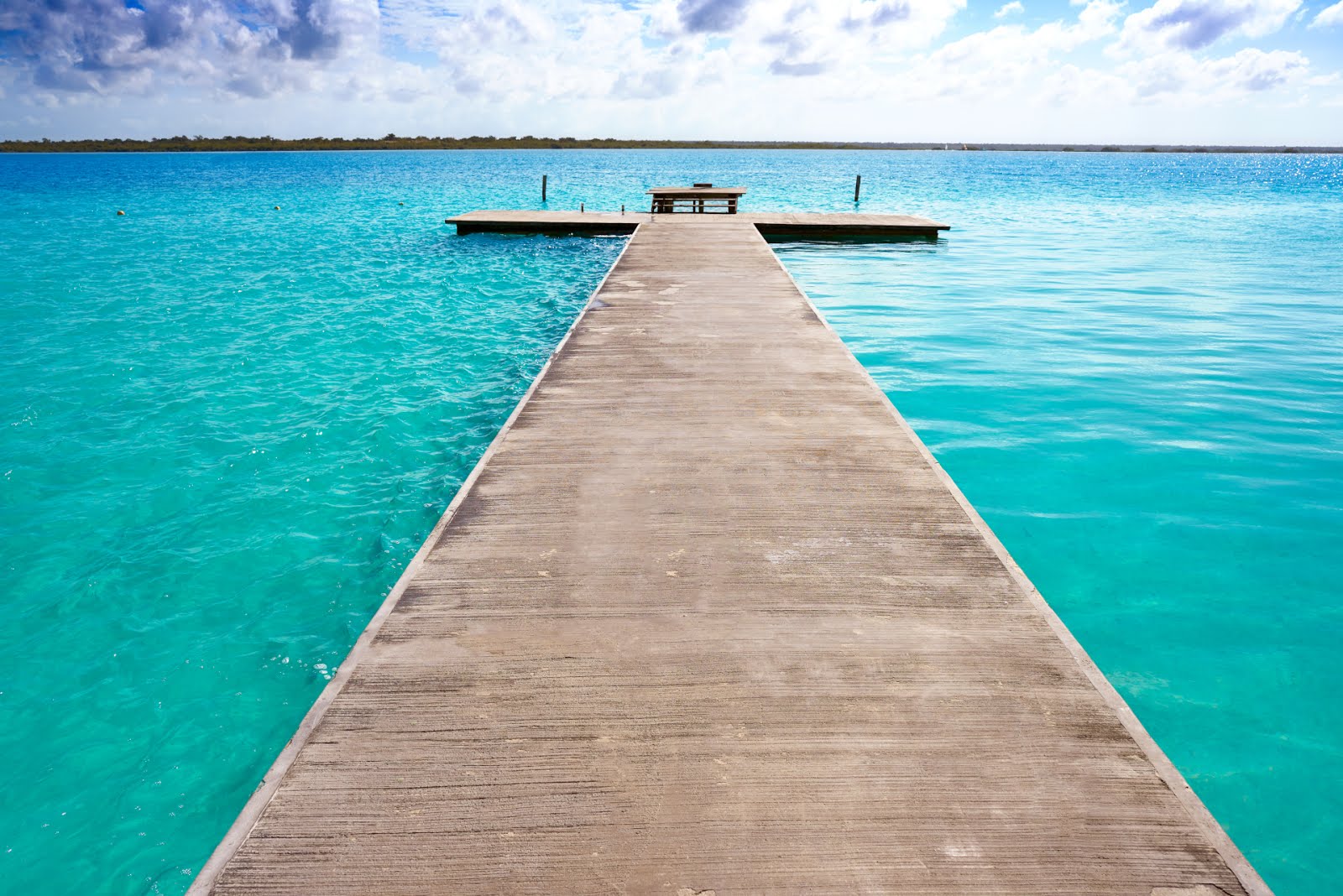🇦🇹 Austrian Empire (1804–1867) Overview
The Austrian Empire was a powerful Central European monarchy formed in 1804 and lasting until 1867, when it became the Austro-Hungarian Empire. It included modern-day Austria, Hungary, Czech Republic, Slovakia, parts of Italy, Poland, Romania, Ukraine, and the Balkans.
🥘 Food of the Austrian Empire
The empire's cuisine reflected its multinational character, combining Austrian, Hungarian, Czech, Italian, and Balkan flavors.
Popular Dishes:
-
Wiener Schnitzel – Breaded and fried veal cutlet, still iconic today.
-
Gulasch – A spicy stew from Hungarian origins.
-
Strudel (Apfelstrudel) – A thin pastry with apple filling, originally from the Austro-Hungarian region.
-
Tafelspitz – Boiled beef with horseradish, vegetables, and broth.
-
Palatschinken – Thin pancakes similar to crepes, filled with jam or cheese.
Drinks:
-
Viennese coffee was already becoming famous.
-
Wine and beer were common, especially in Austrian and Bohemian regions.
👗 Traditional Clothing
Clothing varied by region, class, and ethnicity.
Austrians (German-speaking elites)
-
Men: Woolen trousers, waistcoats, jackets; in formal events, tailcoats and top hats.
-
Women: Dirndl-like dresses, bodices, and petticoats.
Hungarians
-
Nobility wore embroidered jackets (mente), boots, and sashes.
-
Peasants wore linen shirts, vests, and wide trousers.
Czechs, Slovaks, Poles, and others
-
Colorful folk costumes with regional embroidery.
-
Women wore full skirts, aprons, and headscarves.
🏡 Lifestyle in the Empire
Urban Life (Vienna, Prague, Budapest):
-
Vienna was a cultural hub with opera, classical music (Mozart, Beethoven, Schubert).
-
The bourgeoisie enjoyed salons, theaters, and coffeehouses.
-
Education and the arts were supported by the monarchy.
Rural Life:
-
Most of the population were peasants or small farmers.
-
Life was tied to agriculture, village traditions, and local customs.
-
In mountainous areas (like Tyrol), people herded animals and lived in wooden chalets.
🌄 Beautiful Places in the Austrian Empire
Here are some regions that were part of the empire and are stunning to this day:
-
Vienna (Austria) – Imperial palaces like Schönbrunn and Hofburg, classical music heritage.
-
Salzkammergut (Austria) – Lakes and Alpine scenery.
-
Budapest (Hungary) – Buda Castle, Danube River, thermal baths.
-
Prague (Czech lands) – Gothic and Baroque architecture, Charles Bridge.
-
Transylvania (Romania) – Carpathian mountains, castles, and medieval towns.
-
Galicia (now Poland/Ukraine) – Rolling hills, wooden churches, and mixed culture.
-
South Tyrol (now Italy) – Alpine landscapes and vineyards.
🕍 Religions in the Austrian Empire
The empire was religiously diverse, but Catholicism was dominant:
Main Religions:
-
Roman Catholicism – State religion, followed by Austrians, southern Germans, Slovaks, and Croats.
-
Eastern Orthodoxy – Practiced by Serbs, Romanians, Ukrainians.
-
Protestantism – Present but limited due to state restrictions.
-
Judaism – One of the largest Jewish populations in Europe; communities in Galicia, Vienna, Prague, Budapest.
-
Islam – Practiced by Bosniaks and some Albanians in the southern Balkans (more prominent later in Austro-Hungarian times).
🧠 Bonus: Cultural Contributions
-
Music: The empire was the heart of classical music.
-
Architecture: Baroque and Rococo styles flourished.
-
Science and Philosophy: Thinkers like Freud, Boltzmann, and Mendel emerged later in the 19th century.

.jpg)

0 comments:
Post a Comment